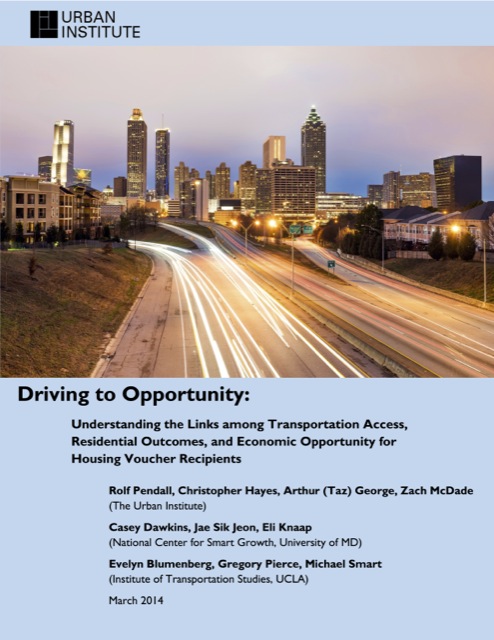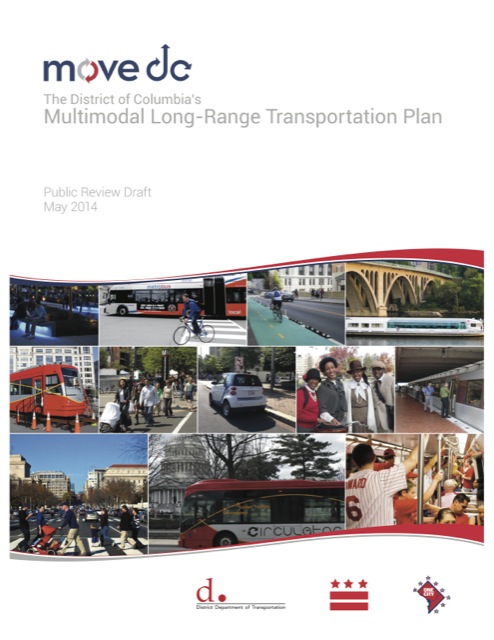The Atlantic may be a bit premature in heralding “the triumphant return” of private passenger trains. This claim is based on the Florida East Coast (FEC) Railway’s All Aboard Florida plan to build and operate for-profit passenger trains from Miami to Orlando.
The success of this supposedly unsubsidized train depends on, among other things, the willingness of the federal government to loan the company $1.6 billion to start the service. The plan is to improve 195 miles of existing track and build 40 miles of new track, plus passenger stations, all of which is expected to cost around $2.5 billion.
To partly fund the project, FEC recently stunned the bond market by selling $405 million worth of bonds promising to pay an incredible 12 percent return. Of course, at rates like that the bonds sold quickly, but at a time when comparable bonds are offering to pay just 6 percent, this raises questions about why the railway is offering to pay twice as much.











